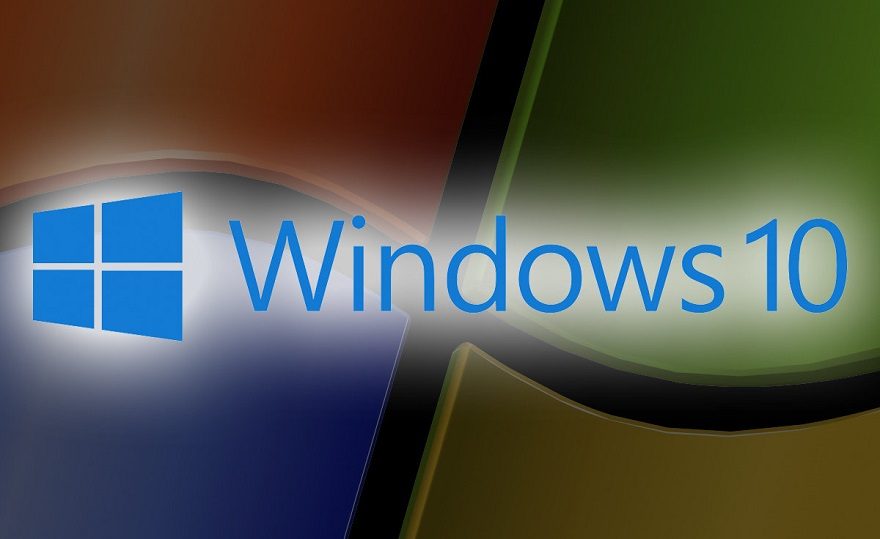New Windows 10 Feature to Warn You of Potential SSD Failure

Without a doubt, one of the biggest technological advances seen for most PC users over the last 10-years has been the increased adoption of SSD (solid state drive) storage. Offering blisteringly fast speeds when compared to standard hard drives, put simply, once you get a taste of it, you never really want to go back.
It doesn’t even necessarily boil down to just speed either. Containing no moving parts, SSDs are, generally speaking, massively more reliable and less susceptible to failure. Don’t be mistaken for thinking that they are indestructible though and often, unlike HDDs, there are generally no warning signs as to when things are about to go badly wrong! In that regard, however, there is some excellent news!
Windows 10 SSD Health Monitor
Following a report via PCGamesN, as part of a Windows 10 insider build, users have noticed that a brand new feature has been added to the operating system. One that will specifically look to monitor the health of an SSD drive and, based on the information which is stored in surprising detail on the drive itself, it can give you a warning if it’s believed that the drive is nearing the potential for failure. More so, it can also ‘estimate’ how much lifespan is remaining based on your general usage.
Although various 3rd-party tools are capable of giving you some indication of this information, this feature will represent the first time such a ‘warning system’ has been incorporated directly into an operating system and would definitely be a useful addition to Windows 10.

Why Do SSDs Fail?
Unlike traditional hard drives (that often see a component break given the various moving parts), SSD’s operate differently in that, in theory, time and usage is never a particularly significant factor in their wear. It basically boils down to how often fresh data is written over the NAND flash memory contained within them. With each new write, the ‘data cluster’ degrades slightly and while it can take a very long amount of time (and again, varies significantly depending on if data is being written or read), as with all technology it’s only a matter of time before the drive is rendered pretty useless. Albeit, more modern SSD designs do have better protections that identifies, isolates, and ‘blocks’ bad memory from being used.
Put simply though, if you’re anything like me and have several SSDs installed on your PC, with the introduction of this new tool (that’ll likely come in a full-blown Windows 10 update later this year) it certainly seems that a quick check would be more than informative and definitely beneficial!
What do you think? Would you use this tool if added to Windows 10? – Let us know in the comments!








